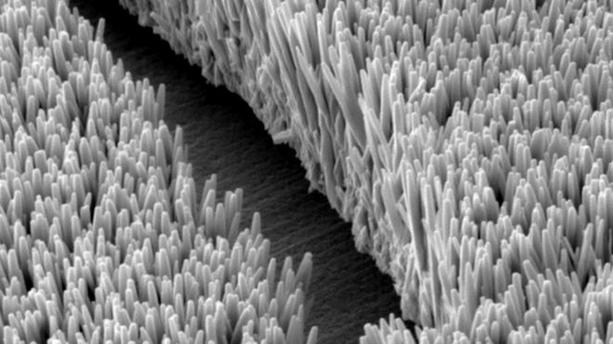[1]
SUTHERLAND EW,DE DUVE C, Origin and distribution of the hyperglycemic-glycogenolytic factor of the pancreas. The Journal of biological chemistry. 1948 Sep;
[PubMed PMID: 18880761]
[2]
Unger RH,Ketterer H,Eisentraut AM, Distribution of immunoassayable glucagon in gastrointestinal tissues. Metabolism: clinical and experimental. 1966 Oct;
[PubMed PMID: 5923522]
[3]
Lund PK,Goodman RH,Dee PC,Habener JF, Pancreatic preproglucagon cDNA contains two glucagon-related coding sequences arranged in tandem. Proceedings of the National Academy of Sciences of the United States of America. 1982 Jan;
[PubMed PMID: 7043459]
[4]
Gunawardene AR,Corfe BM,Staton CA, Classification and functions of enteroendocrine cells of the lower gastrointestinal tract. International journal of experimental pathology. 2011 Aug;
[PubMed PMID: 21518048]
[6]
Eng J,Kleinman WA,Singh L,Singh G,Raufman JP, Isolation and characterization of exendin-4, an exendin-3 analogue, from Heloderma suspectum venom. Further evidence for an exendin receptor on dispersed acini from guinea pig pancreas. The Journal of biological chemistry. 1992 Apr 15;
[PubMed PMID: 1313797]
[7]
Tian L,Jin T, The incretin hormone GLP-1 and mechanisms underlying its secretion. Journal of diabetes. 2016 Nov;
[PubMed PMID: 27287542]
[9]
Drucker DJ, Mechanisms of Action and Therapeutic Application of Glucagon-like Peptide-1. Cell metabolism. 2018 Apr 3;
[PubMed PMID: 29617641]
[11]
Holst JJ,Albrechtsen NJW,Gabe MBN,Rosenkilde MM, Oxyntomodulin: Actions and role in diabetes. Peptides. 2018 Feb;
[PubMed PMID: 29412831]
[12]
Lee S,Lee DY, Glucagon-like peptide-1 and glucagon-like peptide-1 receptor agonists in the treatment of type 2 diabetes. Annals of pediatric endocrinology
[PubMed PMID: 28443255]
[13]
Mentlein R,Gallwitz B,Schmidt WE, Dipeptidyl-peptidase IV hydrolyses gastric inhibitory polypeptide, glucagon-like peptide-1(7-36)amide, peptide histidine methionine and is responsible for their degradation in human serum. European journal of biochemistry. 1993 Jun 15;
[PubMed PMID: 8100523]
[14]
Plamboeck A,Holst JJ,Carr RD,Deacon CF, Neutral endopeptidase 24.11 and dipeptidyl peptidase IV are both mediators of the degradation of glucagon-like peptide 1 in the anaesthetised pig. Diabetologia. 2005 Sep;
[PubMed PMID: 16025254]
[15]
Gleeson MH,Bloom SR,Polak JM,Henry K,Dowling RH, Endocrine tumour in kidney affecting small bowel structure, motility, and absorptive function. Gut. 1971 Oct;
[PubMed PMID: 4941684]
[17]
Graefe-Mody U,Retlich S,Friedrich C, Clinical pharmacokinetics and pharmacodynamics of linagliptin. Clinical pharmacokinetics. 2012 Jul 1;
[PubMed PMID: 22568694]
[18]
Jeppesen PB, Teduglutide, a novel glucagon-like peptide 2 analog, in the treatment of patients with short bowel syndrome. Therapeutic advances in gastroenterology. 2012 May;
[PubMed PMID: 22570676]
Level 3 (low-level) evidence
[19]
Wallis K,Walters JR,Gabe S, Short bowel syndrome: the role of GLP-2 on improving outcome. Current opinion in clinical nutrition and metabolic care. 2009 Sep;
[PubMed PMID: 19474717]
Level 3 (low-level) evidence

